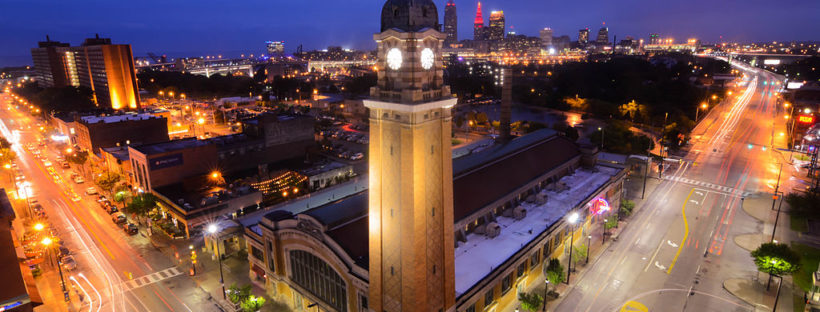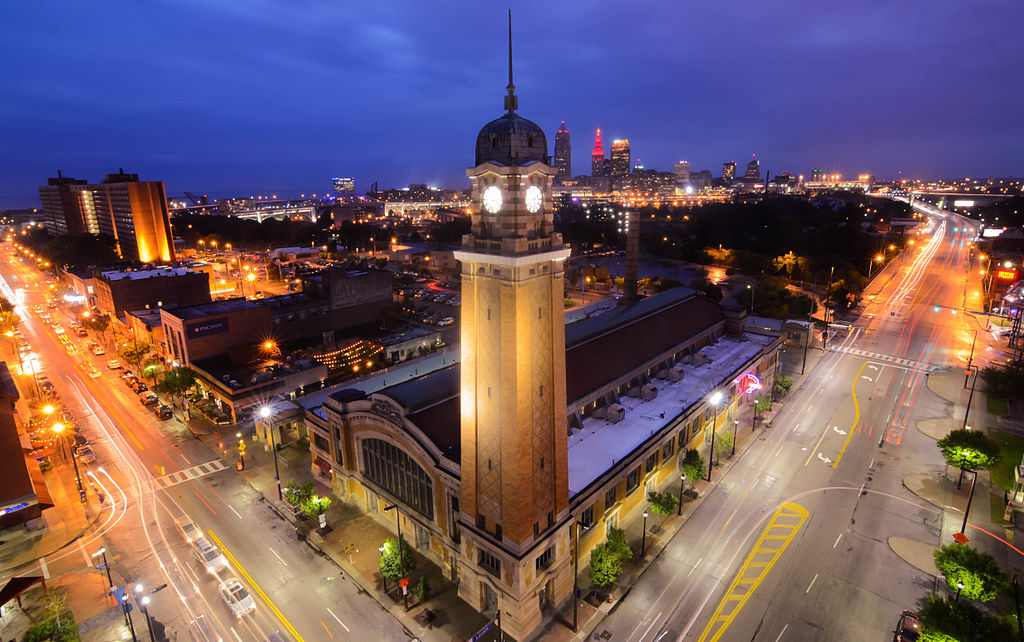- Target: 100% renewable electricity by 2050, reduce residential and commercial energy use 50% by 2030
- Status: In progress
- RES: Offshore wind power industry on Lake Erie, solar power plants on former industrial sites, green buildings
- Implementation: Cleveland was once America’s industrial heartland as well as one of the country's most polluted cities. To transform its image and respond to climate change, Cleveland has pledged to transition to 100% renewable power by 2050. According to Mayor Frank Jackson, the city’s plan is to reduce its carbon emissions to 80% below those in 2020. Actions will create a more sustainable Cleveland and strengthen the city's economy. This will be based on renewable energy projects coupled with battery storage alongside energy efficiency and green buildings. These will lower utility and maintenance costs, incur less risk from energy price volatility, increase property values, improve health and productivity of occupants, and create local jobs. The National Renewable Energy Lab estimates there are enough rooftops in the Cuyahoga County to generate more than 10 times as much solar power. These would meet 44% of the city’s electricity needs, while solar power plants and offshore wind turbines could provide the rest.
Cleveland's two utility companies — Cleveland Public Power and First Energy are important actors in the transition. CPP is adding renewables to its portfolio. Meanwhile renewable energy credits have been purchased by the city to provide for 50,000 homes and 5,000 small businesses in First Energy’s service area. The city has created an Clean Energy Equity plan to help low-income households and small organizations purchase renewables and assist in weatherizing homes.
The city's Climate Action Plan was informed by a 90-person Climate Action Advisory Committee consisting of leaders from community groups. - Population: 383,793 (2018)
- Area: 82.47 sq mi (213.60 km2) city, 3,979 sq mi (10,307 km2) metro
- Link: Sustainable Cleveland
Cleveland, Ohio, USA

